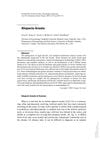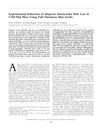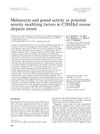signaling protein that, when suppressed, may grow hair by reducing inflammation and stem cell loss
technique to create small wounds in skin to activate collagen production and hair growth
herb and oil thought to stimulate skin and hair
glycoprotein that inhibits TGF-β and promotes hair growth by antagonizing activin





